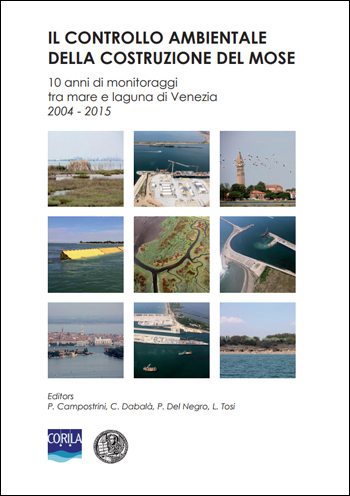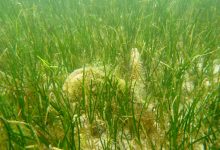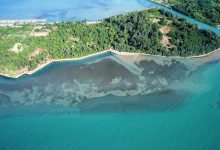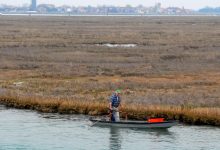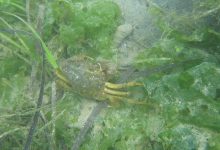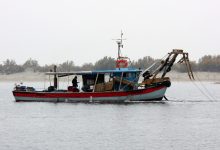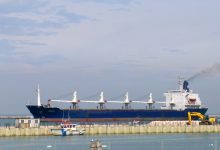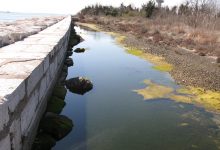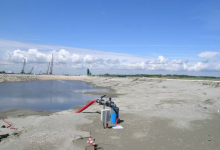Published on 08-02-2022
The safeguarding of the Venice lagoon has its fulcrum in the interventions for the defense of all the inhabited areas of the lagoon from high tides. Specifically, the works for the MoSE System consist of a series of mobile barriers, i.e. arrays of gates to be built at the three inlets, capable of isolating the lagoon from the sea during high tide events, above a predetermined altitude. The construction of the MoSE System requires the execution of large engineering works to be performed in particularly precious from an environmental point of view and fragile areas of the Venetian coast. Indeed, these sites are designated as Sites of Community Importance according to the Directive 92/43 / EEC and SPA according to Directive 79/409 / EEC, therefore falling within the “Natura 2000” network. In addition, the Venice lagoon, identified as IBA (Important Bird Area) 064 “Venetian Lagoon”, is one of the most important areas of interest for the protection of avifauna. In addition, habitats of fishing interest (both for repopulation and capture) as well as areas of tourist exploitation (with different densities) are present close to the lagoon inlets. Finally, big ships that “feed” the economy of the city and of a large area of the Northeast pass through the three inlets. On behalf of the Venice Water Authority, CORILA carried out an extensive monitoring program of the effects of the MOSE construction sites on the environmental matrices and on the economy of those sectors that could potentially be impacted by the execution of the works. The Monitoring Plan is essentially aimed at preventing any possible environmental damage and, in its implementation, it pursues a dual purpose: “Monitoring” is not just “measuring”; on the contrary, the Monitoring Plan includes possible suggestions to limit the pressure of the works, the careful examination of the mitigation actions performed at construction sites and possible suggestions for compensation measures, when needed. Therefore, over the years, an effective feedback procedure has been put in place between the monitoring researchers and the operators in the MoSE construction sites, in agreement with the public administrations. The MoSE system is probably the largest civil work that have occurred in a lagoon and the monitoring program is arguably one of the largest ever occurred in such an environment. The experience gained so far is useful to identify some general rules that may be applied elsewhere. The monitoring activities carried out so far allowed to deeply characterize the system at the inlets, to define the different phases of the construction work, to identify, where possible, the causal links of the perturbations detected and hence to address limits and corrections towards the construction site, by proposing, where necessary, mitigations and compensations measures. Therefore, from one side monitoring allowed to prevent the environmental damages by addressing limits and corrections to the construction site works, as well as mitigations and compensations measures where necessary. From the other side, it allowed to collect a series of information that will be useful in the subsequent management phase, when the MOSE system will be realized. Also, with regard to the economic activities monitored, it was verified the absence of real impacts and methodologies and actions useful for assessing the perception of the impacts by the operators were established, as well as a solid information base, usable in the following phases. Soci di CORILA / CORILA members Università Ca’ Foscari di Venezia (DAIS, DE) Università degli Studi di Padova (DICEA, TESAF) Università IUAV di Venezia OGS – Istituto Nazionale di Oceanografia e di Geofisica Sperimentale Altri Istituti di ricerca / Other research Institutes Università di Ferrara (ENDIF) Università di Pisa (Dipartimento di Biologia) Museo di Storia Naturale di Venezia Politecnico di Torino Aziende coinvolte / Companies Agriteco sc. CIMA srl. Laguna Project snc. Materiacustica srl. SELC soc. coop. xxx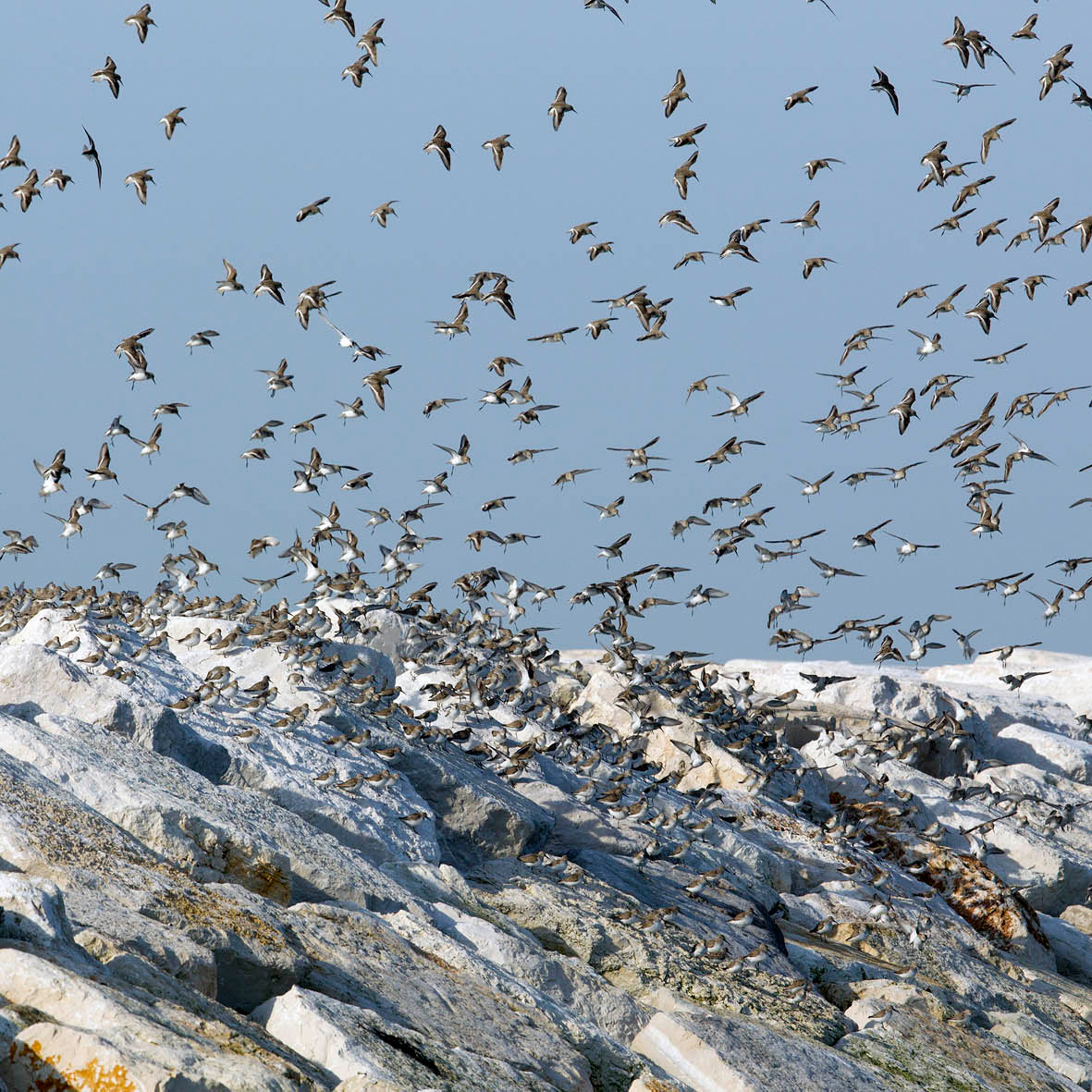
Monitoring of the environmental effects of the construction of the MOSE in the Venice lagoon
MOSE construction site monitoring
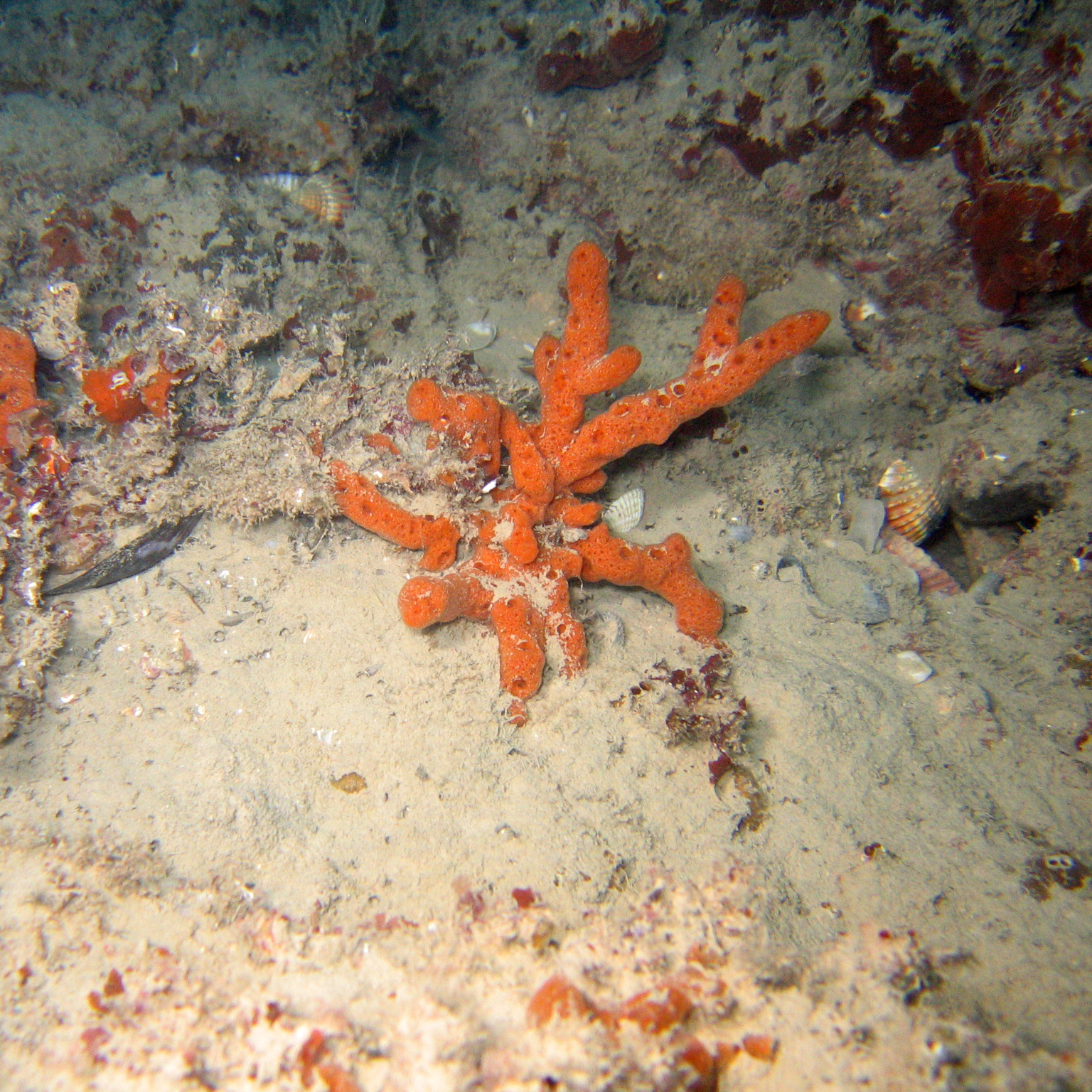
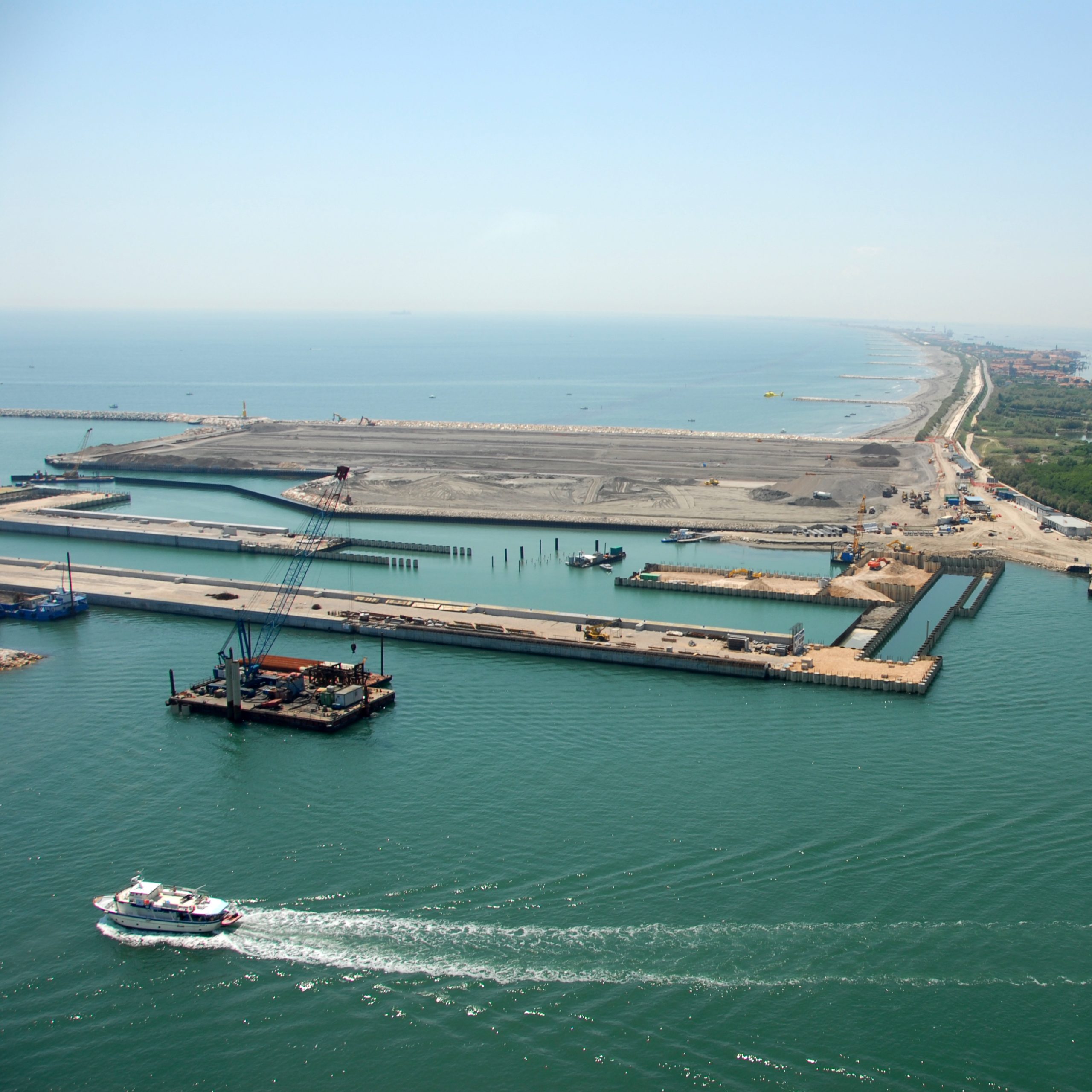
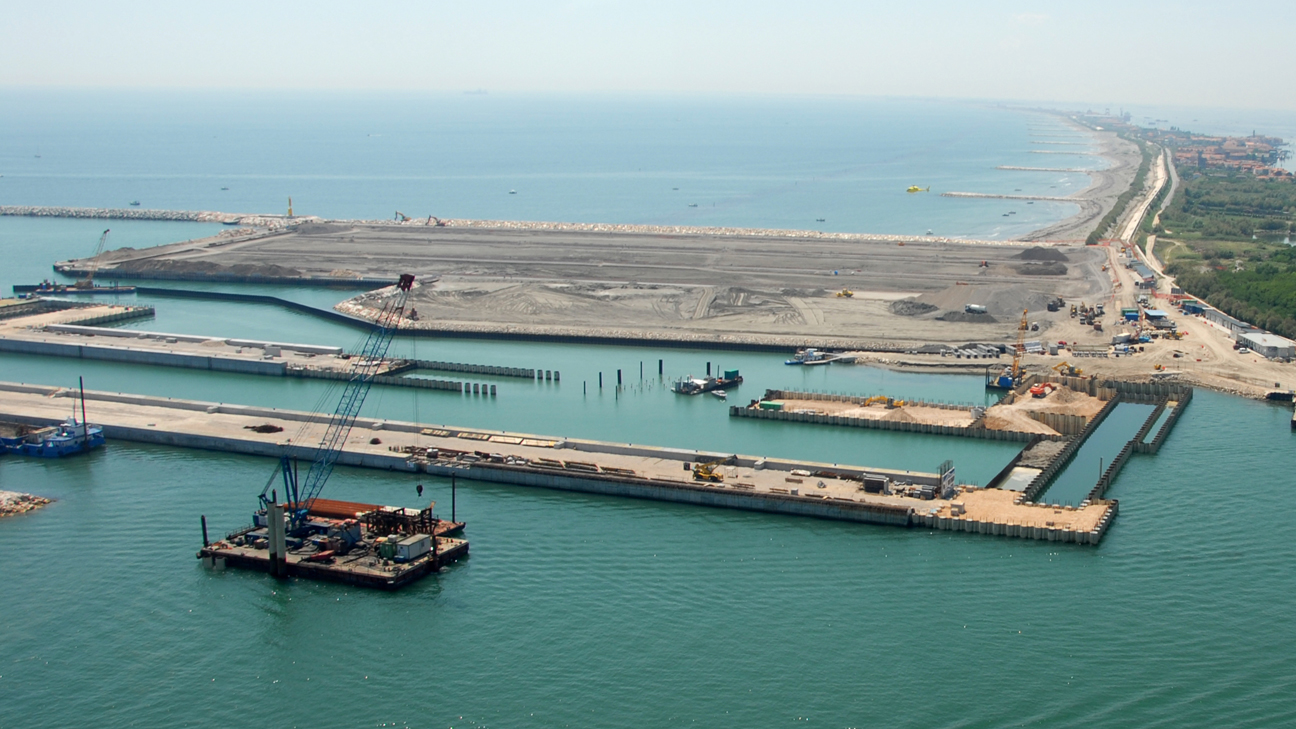
Media



